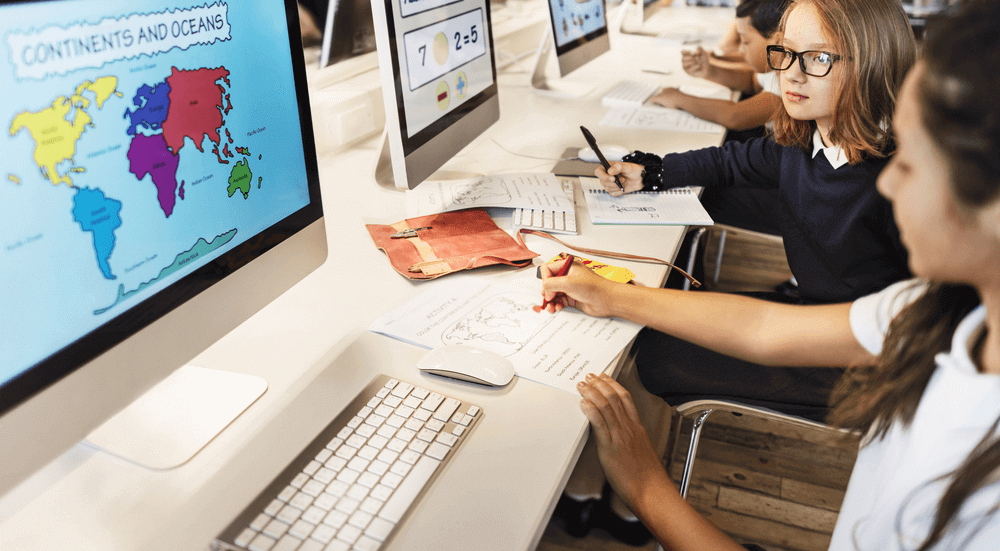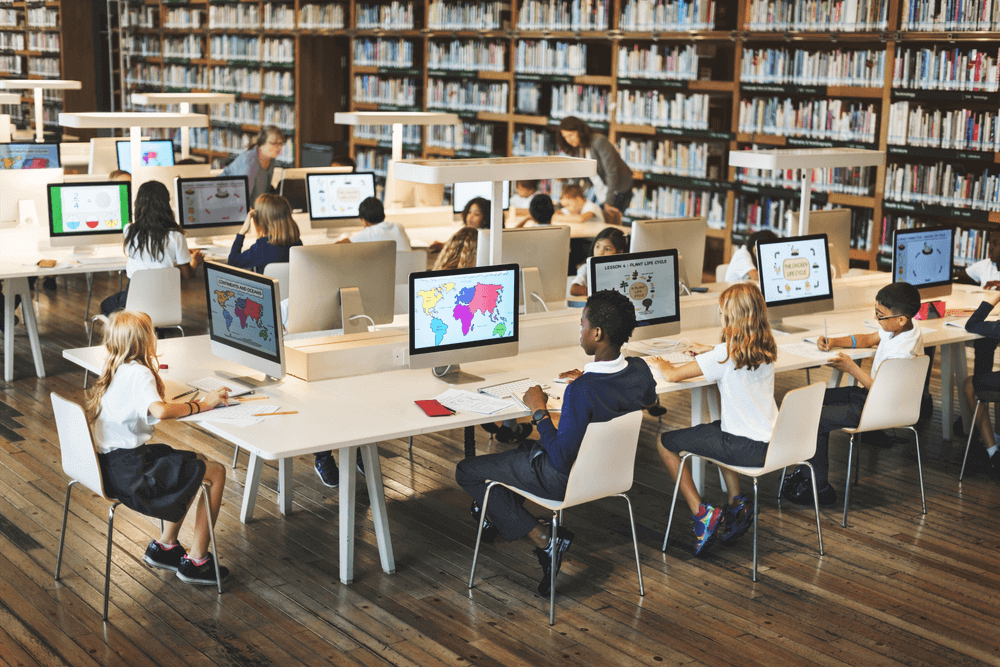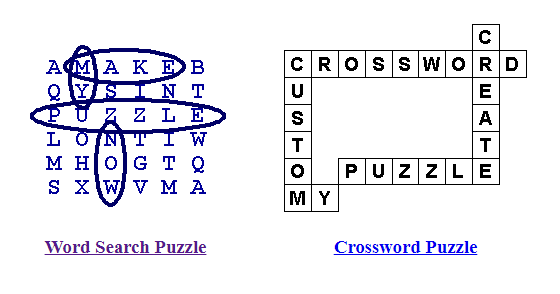Innovations have confidently entered our life and found their application in education. Students can read e-books, find useful information on the Internet, contact the best custom essay service in the country without leaving their homes. An exceptionally useful effect can be obtained by combining cognitive and entertaining approaches to learning.
Hardly anyone will dare to argue with the educational value of games – from quizzes and puzzles to “Erudite“. Let’s talk about how to interest students and make friends with technology in the classroom.
Technology In the Class Room [Education]

History of the entertaining education
Learning through the game is a very old pedagogical concept. At all times, adults have tried to convey information to children through a favorite, understandable and age-appropriate form. Existing as literary formats for many centuries, fairy tales, fables performed the same function as modern educational games. Only playing facilities change with the passage of time. They move from one-sided paper carriers to increasingly interactive audiovisual, digital modes.
It is necessary to note an interesting thing here. New media of the XX-XXI centuries were not presented to children immediately. In one way or another, they were “tested” on adults. For example, one of the first educational video series was the animated “Private Snafu“ produced during the Second World War for the internal training of the US Armed Forces.
The first television show designed for kids appeared only in the 70’s. It was the legendary “Sesame Street“ which opened the era of children’s television educational programs.
Computer games also passed (and still pass) a considerable way to their right to take a full place in the list of pedagogical technologies. Their era opened in the 60s after a stunning success of the game Spacewar! in the US universities. The triumphant procession of unpretentious arcades began in the 70’s with the simulator of table tennis Pong.
A few years later, together with the official computerization of schools with the Apple II, the first educational computer game, Oregon Trail, was introduced to American schools. It taught children the basics of the history of American independence. The developers were the students who wanted to create a program that would help 8-grade pupils learn history. Subsequently, Oregon Trail became an icon of educational video games, was repeatedly modified and received continuations.
Today, the computer games market is much more diverse and broad, including the programs created specifically for educational purposes.
CIVILIZATION IV
Dr. Jeremiah McCall worked on a difficult task: at the lessons of the history of the Ancient World, he wanted to give his students a holistic picture of how agriculture contributed to the development of human society. The game Civilization IV helped him to achieve this goal.
Each player controls his own territory, chooses places to build cities, recruits hired workers, creates the infrastructure, cultivates land, erects fortresses, and processes minerals. As cities grow, players assign different roles to them – larger cities become fortified centers providing protection to small settlements. The constructed roads serve for the distribution of the extracted resources. Players strategically approach the economic component of the life of civilization in order to expand their cultural and religious influence and develop social policy.
Civilization IV simulates the life of ancient historically developed peoples, reflects the characteristic features of a certain time: agrarian society, the division of labor, strict social hierarchy, the army as a basis of a strong state, the presence of a highly educated stratum, trade exchange between countries, religious and ideological foundation.

The study of the centuries-old experience of mankind in an interactive gaming environment becomes a strong brick in understanding how we came to the current stage of development. Of course, a teacher cannot do without a deep theoretical base, but it is the game that provides for the high involvement: reading about the Phoenicians and managing their army with your own hands are quite different things.
MINECRAFT
For a biology teacher in one of the New York schools, the call for the use of computer games in the classroom was a laboratory work on the isolation of DNA. He was going to have a real scientific and research experience with the students but first wanted to make sure that the children really understand the essence of the process.
Knowing about the warm feelings of young people to a cult and brilliant “sandbox“ Minecraft, the teacher built the giant biological cells in the game. Students had to use the right tools to get into the desired structure of a cell and access the DNA. If a player used an incorrect instrument (for example, salt to overcome the cell membrane), the game process came to an end.
According to pedagogue’s impressions, this small experiment brought an amazing result. He watched with pleasure, as during the lesson, the children enthusiastically discussed what they were doing, debated, and consequently, confidently worked with the necessary concepts.
* Learn Programming by downloading Visual Basic 6.0 Portable.
PORTAL 2
A teacher of STEM-disciplines planned to explain to his students how the experiments are being conducted, how a scientific hypothesis is formed, how it is proved or refuted. While observing the behavior of young people, their animated faces at one of the meetings of the school gaming club, he decided to use Portal 2, a cult game of Valve Corporation, at his lessons.
In this game, there is an excellent opportunity to implement and test joint scientific projects – Puzzle Maker. In a simple editor, one person or a group of users can create a small camera with basic elements of the Portal 2. These conditions are ideal for using the scientific method in the development process: to face the problem, simulate a possible solution, obtain the results of the experiment and draw a conclusion based on these results.

Students had to create their own levels, predict the time of passing the levels by other players and possible outcomes, collect information about the behavior of players, their gender, age and other characteristics, in other words, to partly become scientists and designers of games. The faces of the children reflected genuine joy and pride for the passed levels, unlike the solution of typical tasks like “Train A and train B came out of Kansas at the same time…”
These are just three games. There can be infinitely more positive examples. It all depends on the lucky chance and the teacher’s imagination. The main lesson that can be learned from these three small stories is that the educator should not be afraid to cling to the little tips that his own students give. An advanced pedagogical experience that will find its application in all schools of the country may grow from a local experiment.






























Comments are closed.